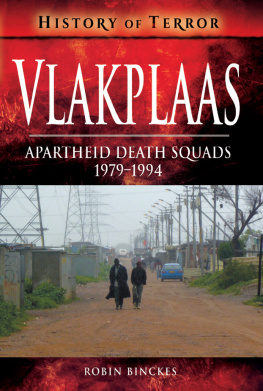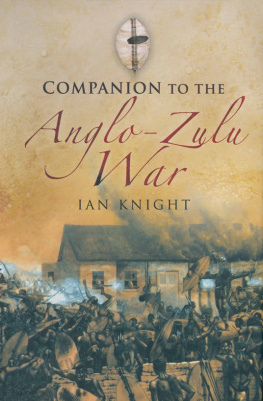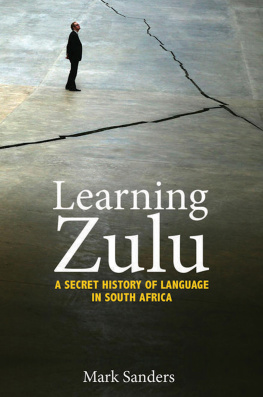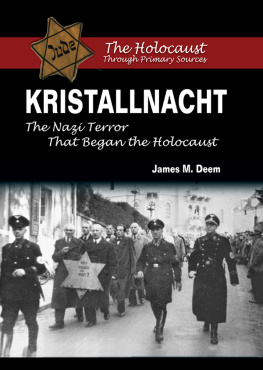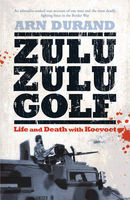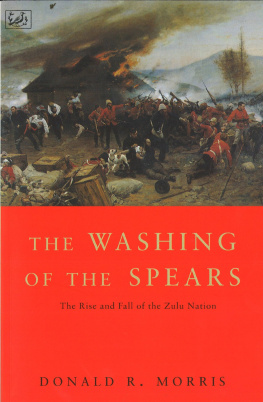ZULU TERROR
THE MFECANE HOLOCAUST 1815-1840
ROBIN BINCKES
Pen & Sword
MILITARY
A female Zulu nyanga , or shaman. (Wellcome Images)
First published in Great Britain in 2019 by
PEN AND SWORD MILITARY
an imprint of
Pen and Sword Books Ltd
47 Church Street
Barnsley
South Yorkshire S70 2AS
Copyright Robin Binckes, 2019
ISBN 978 1 52672 889 0
eISBN 978 1 52672 890 6
MobiISBN 978 1 52672 891 3
The right of Robin Binckes to be identified as the author of this work has been asserted in accordance with the Copyright, Designs and Patents Act 1988.
A CIP record for this book is available from the British Library All rights reserved. No part of this book may be reproduced or transmitted in any form or by any means, electronic or mechanical including photocopying, recording or by any information storage and retrieval system, without permission from the Publisher in writing.
Every reasonable effort has been made to trace copyright holders of material reproduced in this book, but if any have been inadvertently overlooked the publishers will be pleased to hear from them.
Maps by George Anderson
Front cover painting by Craig Bone
Pen & Sword Books Ltd incorporates the imprints of Pen & Sword Archaeology, Atlas, Aviation, Battleground, Discovery, Family History, History, Maritime, Military, Naval, Politics, Railways, Select, Social History, Transport, True Crime, Claymore Press, Frontline Books, Leo Cooper, Praetorian Press, Remember When, Seaforth Publishing and Wharncliffe.
For a complete list of Pen and Sword titles please contact
Pen and Sword Books Limited
47 Church Street, Barnsley, South Yorkshire, S70 2AS, England
email:
website: www.pen-and-sword.co.uk
Southern Africa in a late 20th-century context. (Genevieve Edwards)
INTRODUCTION
The Mfecane (scatterings or crushings) raged for a period of some forty years as a giant convulsion of conflict that swept Southeast Africa from the end of the eighteenth century to about 1840. Much debated and argued by historiansthe reasons for the causes are still searched for todaythe Mfecane resulted in the deaths of hundreds of thousands; how many is unlikely to ever be established, though some put the figure at close to two million. Suffice to say that people were killed on a genocidal scale, villages destroyed and hundreds of thousands of cattle, goats and sheep plundered. It led to the formation of new nations with the effects of the Mfecane still felt today.
The epicenter of the Mfecane was KwaZulu-Natal where at the turn of the nineteenth century more than eighty clans of the Nguni people existed. Over the next forty years some remained small while others, usually dependent on the aspirations of their leaders and their quest for power, turned on their neighbours and, in the same way as large corporates take over smaller businesses today, gobbled up the weaker clans. In many instances members of the defeated clans subjugated themselves to the aggressor khonzad while others fled, and to survive, attacked and looted their neighbors stimulating a massive chain reaction that eventually encompassed the whole of Southeast Africa. As the conflicts intensified, the fleeing clans spilled over the Drakensberg onto the lands of the Highveld beyond where like collapsing dominos they fell upon each other. If fingers should be pointed at individuals who played a major role in destabilizing the subcontinent they are Senzakhona, Shaka, Dingane, Matiwane, Mantatisi and Mzilikazi
Cape Point, the southernmost tip of the Cape of Good Hope. (Zaian)
A Bushman at the Cape of Good Hope, a sketch by Johannes Schemaker, c. 1776
Zulu women brewing beer. (J. S. & A. P. Bergh)
There were four major theatres of war: KwaZulu Natal where the Zulu nation grew from the seeds of the Mfecane; the northern frontier where conflict grew between the Griqua (people of mixed race) and local tribes exacerbated by the intrusion of the Europeans who were beginning to move out of the Cape Colony to escape British control; the Drakensberg hinterland where the spillover effects of refugees from rampaging tribes were felt; and the eastern frontierthe Eastern Capewhere European encroachment had led to a century of warfare with the Xhosa nation.
In Natal, Dingiswayo had established trading links with the Portuguese at Delgoa Bay (where Maputo, capital of Mozambique, is today sited). Most of this trade was in ivory and he jealously protected his trading rights against other clans in the region. Towards the end of the eighteenth century it is estimated that over 100,000 pounds of ivory (the equivalent of 4,000 elephant killings) a year were being exported. Hunters of all hues and origins scoured the interior. Slave trade at that time was being undertaken, mainly with Brazil as the end destination; however Delagoa Bay was not the major export port of slaves from Mozambique but Inhambane farther north. As early as 1719 slaves had been taken from Natal by the slaver Mercury where it is recorded 74 boys and girls were bought. These slaves ended up in Virginia; however, again, like Delagoa Bay, slaving was sporadic and there was no steady stream of slaves that indicated a flourishing slave trade. On the east coast of Africa, that honour went to the Arabs farther north who were slaving on an unprecedented scale out of present-day Mombasa, Dar es Salaam and Tanga, into the Middle East, the Near East, the Gulf and the Far East
Voortrekkers move north into the hinterland of the sub-continent. (G. S. Smithard & J. R. Skelton)
In the area around Delagoa Bay the Thembe soon became the dominant tribe after defeating and then absorbing several minor tribes. They jealously guarded the trade routes in the area. and, of course, they were starving.
1. THE ARRIVAL OF THE SETTLERS
On 3 December 2017 Chief Khoisan SA accompanied by fellow marchers Brendon Billings and Shane Plaatjies set up camp on the lawns of the Union Buildings in Pretoria after having walked for three weeks from Port Elizabeth to Pretoria, a distance of 700 miles, to demand recognition of their language and culture from Jacob Zuma, the president of South Africa. Five hundred additional marchers joined the three men that day to add their voices to those of the three Khoisan marchers.
South Africa boasts the Cradle of Humankind, the site of the first controlled use of fire, the fossils of Australopithecus Africanis, Mrs Ples (2.62.8 million years old), Naledi (over 3 million years old) and Little Foot (3.67 million years old). It also boasts the oldest living people on the planet: the Khoisan. Indisputably the Khoisan are the indigenous people of southern Africa with their origins dating back to the early mists of time.









